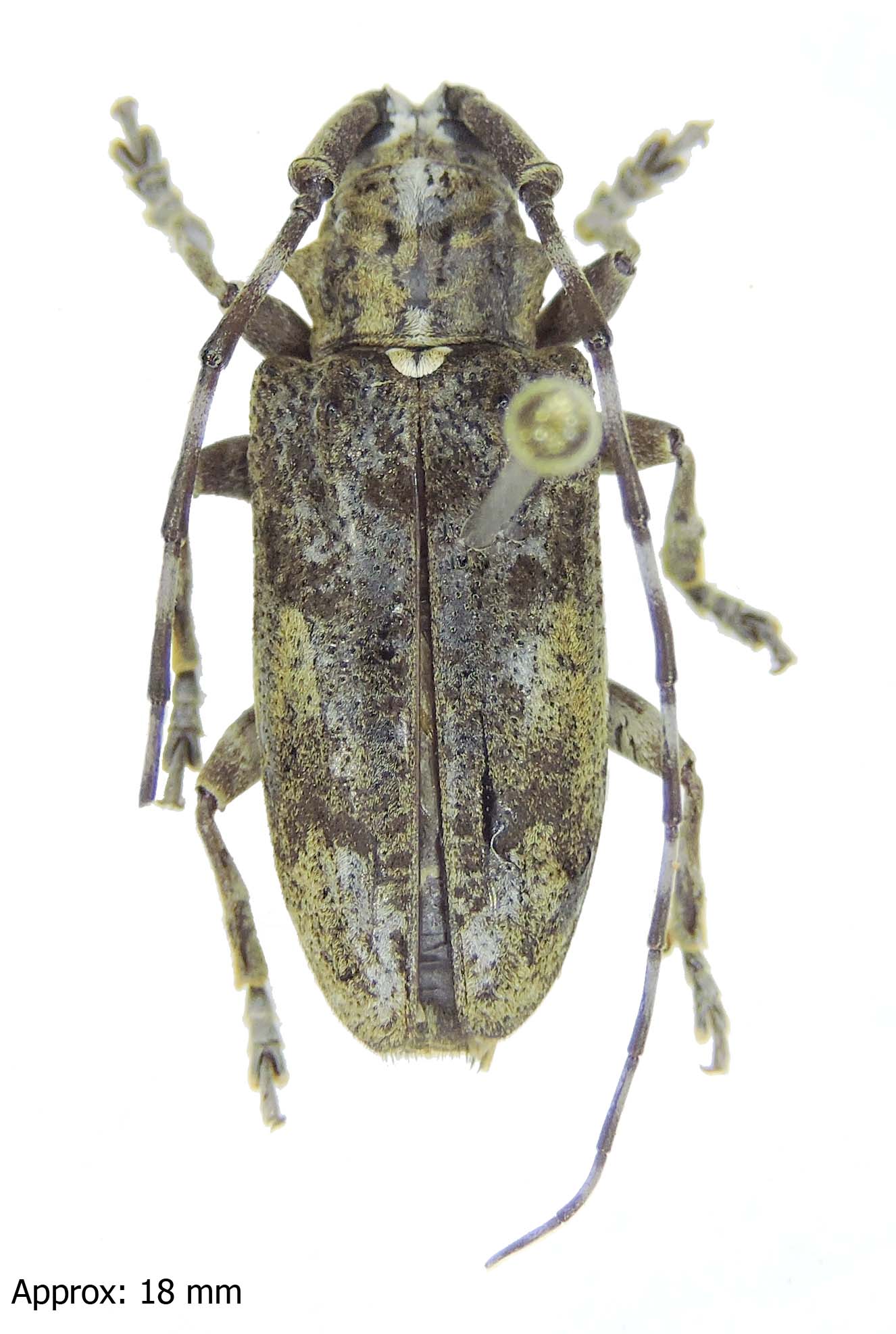| T O P I C R E V I E W |
| sangamesh |
Posted - 15/11/2016 : 17:11:09

226.69 KB
Loc: Kerala, southern India... |
| 4 L A T E S T R E P L I E S (Newest First) |
| sangamesh |
Posted - 17/11/2016 : 10:09:36
Thank you ...but I've never seen P. gibbifera, so I was seeking for advise and confirmation if I'm going right...for time being I will label it as P. gibbifera (based on whatever I made out of crude translation of Guérin-Méneville, 1844 original description). ...but I've never seen P. gibbifera, so I was seeking for advise and confirmation if I'm going right...for time being I will label it as P. gibbifera (based on whatever I made out of crude translation of Guérin-Méneville, 1844 original description). |
| Xavier |
Posted - 17/11/2016 : 09:38:32
Well, you have specimems (me not), holotype picture and descriptions..., |
| sangamesh |
Posted - 16/11/2016 : 13:20:09
The description for Pharsalia proxima says "Elytra with an oblique white patch near the middle of each side, and each, at a short distance from the base, with a large obtuse tubercle which passes behind into a feebly raised line extending to near the apex".
and holotype here perfectly suffices it... but, the specimen posted doesn't have an oblique white patch nor the hump on elytral disk passes behind into a feebly raised line, so could this be something other than P. proxima?... may be P. gibbifera? |
| Xavier |
Posted - 16/11/2016 : 09:43:47
Is it the same here ?
Yes, it could be Pharsalia proxima Gahan, 1890; it fits with Breuning (1938) who talks about 2 short black lines on pronotum, etc, as your specimen. |
|
|


